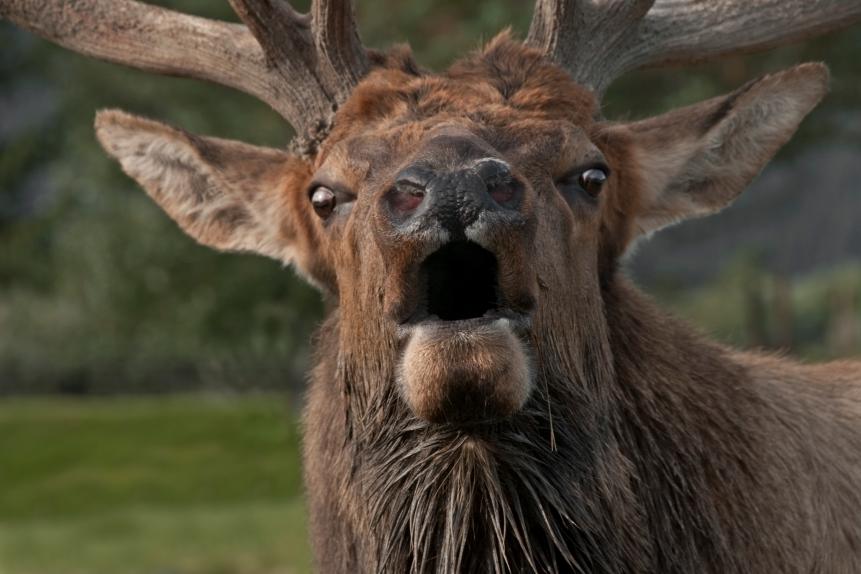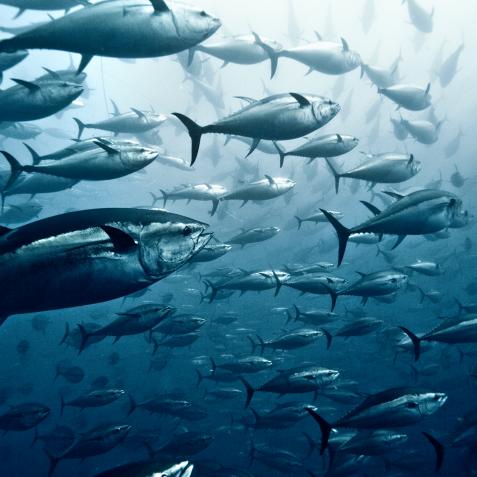
Doug Lindstrand / Design Pics
This Alaska Conservation Center Rescues Orphaned Wildlife
Wolves, bears, and porcupines are just some of the animals that can be found at the Alaska Wildlife Conservation Center.
The center, which is ringed by looming mountains, is a nonprofit around an hours’ drive from Anchorage, Alaska’s most populous city. Founded in 1993 by Mike Miller, who had a single-minded mission to help preserve Alaska’s big game populations, the nonprofit now has more than 200 acres of land. It cares for lynx, moose, brown and black bears, porcupines, one bald eagle, an owl, foxes, coyotes, wolves, muskox, caribou, bison and elk, and even some ferrets who reside in the office drawers.

prospective56
Most of the animals it takes into its possession have been orphaned or injured. Adonis, the bald eagle, is missing a wing after sustaining a gunshot wound. KitKat the porcupine only has three legs after being caught in a trap, while Twix the other porcupine was found as an orphan with her umbilical cord still attached. Chena the Lynx was rescued after being kept inside a tiny chicken coop for years, and consequently developed multiple handicaps.
“We use the animals to dispel myths and raise awareness about what they are really like,” says Nicole Geils, director of operations at the AWCC. “The more education people have, the more they want to help these animals.”
The center’s most recent addition was a squirrel.
“There are a lot of people in the world who do not understand bears and moose and their behaviors,” she adds. “When people come here and meet our residents, they become advocates for the animals.”

RONSAN4D
The sanctuary is not only dedicated to help some of Alaska’s most in-need wildlife but also makes it a point to educate its visitors, working with the state’s Department of Fish and Game as well as visiting classrooms to give talks.
Alaska’s wildlife sanctuary is located just off the Seward Highway
Although the center does not reintroduce animals back into the wild, it did play a pivotal role in bringing back 130 wood bison into western Alaska. The animals were once believed to be extinct before being discovered in a remote valley in Canada by a helicopter pilot flying overhead. The thirteen bison that were found were the cornerstone in populating the now-released herd.

Scott Markewitz
The center also participates in the annual “Belugas Count”. Scientists estimate there up to 400 beluga whales in the Cook Inlet, the body of water the center sits next to. Every year, members of the public are invited to help count the whales. In 2008, the whales living in the inlet were listed as endangered, and the center leads the charge in the important counting event.
“We try to get the community involved in helping preserving Alaska’s animals as much as possible,” Geils adds. “Getting to meet the animals at the center means it’s really personal for people.”


















